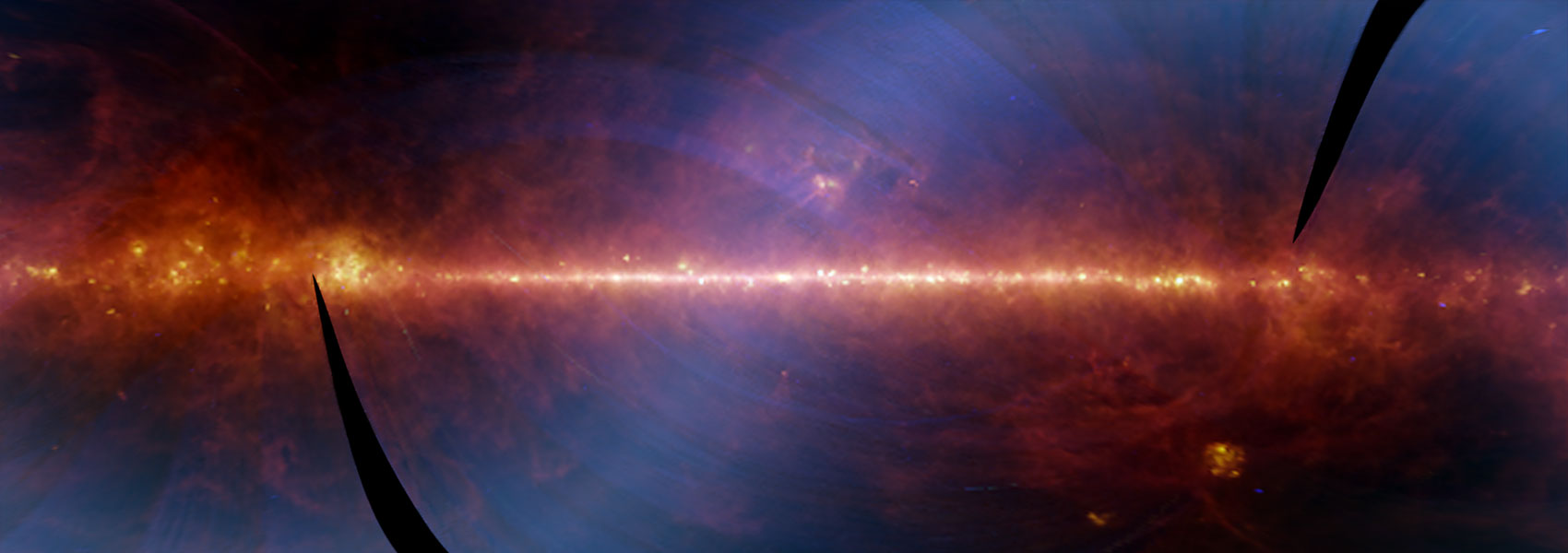August
2024
•
2024ApJ...971L..40R
Authors
•
Rubenzahl, Ryan A.
•
Howard, Andrew W.
•
Halverson, Samuel
•
Petrovich, Cristobal
•
Angelo, Isabel
•
Stefánsson, Guđmundur
•
Dai, Fei
•
Householder, Aaron
•
Fulton, Benjamin
•
Gibson, Steven R.
•
Roy, Arpita
•
Shaum, Abby P.
•
Isaacson, Howard
•
Brodheim, Max
•
Deich, William
•
Hill, Grant M.
•
Holden, Bradford
•
Huber, Daniel
•
Laher, Russ R.
•
Lanclos, Kyle
•
Payne, Joel N.
•
Petigura, Erik A.
•
Schwab, Christian
•
Walawender, Josh
•
Wang, Sharon X.
•
Weiss, Lauren M.
•
Winn, Joshua N.
•
Wright, Jason T.
Abstract
•
The orbits of close-in exoplanets provide clues to their formation and evolutionary history. Many close-in exoplanets likely formed far out in their protoplanetary disks and migrated to their current orbits, perhaps via high-eccentricity migration (HEM), a process that can also excite obliquities. A handful of known exoplanets are perhaps caught in the act of HEM, as they are observed on highly eccentric orbits with tidal circularization timescales shorter than their ages. One such exoplanet is Kepler-1656 b, which is also the only known nongiant exoplanet (<100 M ⊕) with an extreme eccentricity (e = 0.84). We measured the sky-projected obliquity of Kepler-1656 b by observing the Rossiter–McLaughlin effect during a transit with the Keck Planet Finder. Our data are consistent with an aligned orbit but are also consistent with moderate misalignment with λ < 50° at 95% confidence, with the most likely solution of 35.0‑21.6+14.9 deg. A low obliquity would be an unlikely outcome of most eccentricity-exciting scenarios, but we show that the properties of the outer companion in the system are consistent with the coplanar HEM mechanism. Alternatively, if the system is not relatively coplanar (≲20° mutual inclination), Kepler-1656 b may be presently at a rare snapshot of long-lived eccentricity oscillations that do not induce migration. Kepler-1656 b is only the fourth exoplanet with e > 0.8 to have its obliquity constrained; expanding this population will help establish the degree to which orbital misalignment accompanies migration. Future work that constrains the mutual inclinations of outer perturbers will be key for distinguishing plausible mechanisms.
Links




